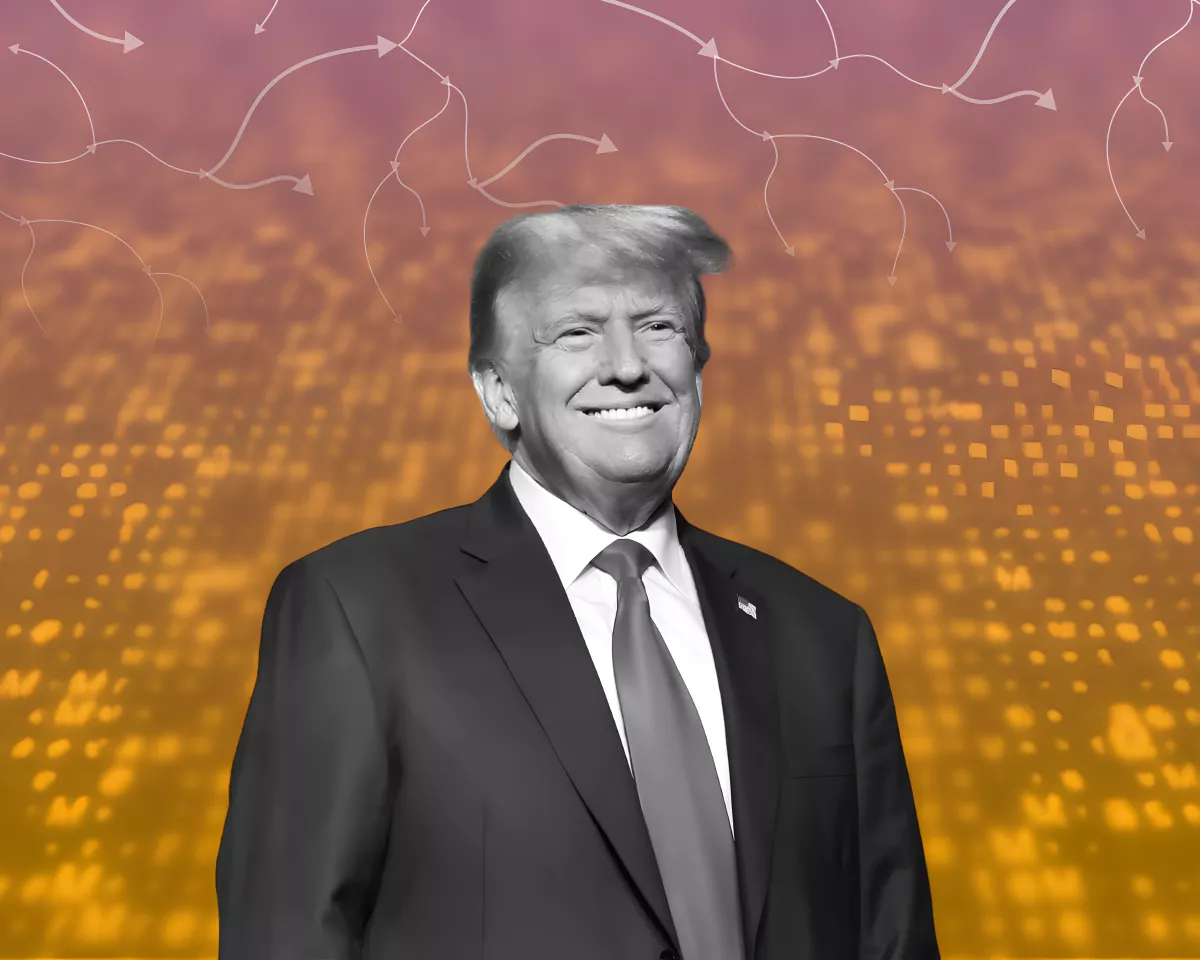Hey crypto enthusiasts! Ever feel like you blink, and something wild happens in the Web3 world? Well, buckle up, because the popular Ethereum scaling protocol, ZKsync, just gave us a moment of intrigue. The project recently removed an official statement posted on its X (formerly Twitter) account. What was the statement about? It claimed the protocol was under investigation by U.S. authorities. Yes, you read that right – a potential Crypto Regulation probe! What Exactly Happened with ZKsync’s Statement? The core of the story is the swift appearance and disappearance of a post on ZKsync’s official X account. This post explicitly stated that the project was facing an investigation by U.S. regulatory bodies. The concern reportedly stemmed from issues related to zkEVM-based applications that were accessible to users within the United States. Here’s a quick breakdown: The Claim: ZKsync announced it was under U.S. regulatory investigation. The Reason (Reported): Concerns over accessibility of zkEVM apps to U.S. users. The Action: The post announcing the investigation was quickly removed. This move immediately raised eyebrows across the crypto community. Why announce such a significant development only to take it down shortly after? Was This Related to a Security Incident? Adding another layer of complexity to this unfolding situation is the timing of the deleted post relative to a brief security incident. According to reports, ZKsync’s X account experienced a compromise just before or around the time the regulatory statement appeared. During this apparent hack: The compromised account was used to promote a fraudulent ZK token airdrop. This malicious post was live for about 15 minutes before being taken down. The proximity of the security breach and the deleted regulatory statement is certainly curious. It leads to speculation: was the regulatory statement itself a result of the hack? Or was it a legitimate (but perhaps prematurely posted) statement that was then confused or complicated by the security incident? ZKsync has not yet provided a clear explanation for the removal of the regulatory statement, leaving the community to ponder the connection. Understanding ZKsync and zkEVM To fully grasp the potential implications of a regulatory investigation, it helps to understand what ZKsync is and the technology it uses, particularly zkEVM . ZKsync is a leading Ethereum Scaling solution. Ethereum, while revolutionary, faces challenges with transaction speed and cost due to network congestion. Scaling solutions, often called Layer 2s (L2s), aim to solve this by processing transactions off the main Ethereum chain (Layer 1) and then posting a summary back to L1. ZKsync utilizes a technology called ZK-rollups (Zero-Knowledge Rollups). Here’s the simplified idea: Thousands of transactions are bundled together off-chain. A cryptographic proof (a Zero-Knowledge proof) is generated, verifying that all transactions in the bundle are valid, without revealing the details of each transaction. This proof, along with a minimal amount of data needed to update the state on Ethereum, is posted to the Ethereum mainnet. This significantly reduces the data posted to Ethereum, leading to faster and cheaper transactions. Now, what about zkEVM ? This is a specific type of ZK-rollup that is compatible with the Ethereum Virtual Machine (EVM). The EVM is the computational engine of Ethereum, where smart contracts live and execute. EVM compatibility is crucial because it allows developers to easily port existing Ethereum decentralized applications (dApps) to the L2 without having to rewrite their code. This makes ZKsync’s platform highly attractive for developers and users alike, enabling a wide range of dApps, including DeFi protocols, NFTs, and more, to run on a scalable network. Why Would Crypto Regulation Target a Scaling Protocol? The mention of a potential U.S. regulatory investigation, especially concerning accessibility to U.S. users, touches upon a sensitive area in the crypto space: jurisdiction and compliance. Regulators globally, and particularly in the U.S., are grappling with how to classify and oversee decentralized technologies. Key questions include: Are the tokens associated with protocols considered securities? Are the protocols themselves operating as unlicensed money transmitters or exchanges if U.S. persons can access them? How is control and decentralization assessed in the context of regulatory oversight? While ZKsync is a scaling technology, the applications running on its zkEVM layer could potentially fall under regulatory scrutiny depending on their nature (e.g., offering trading, lending, or investment opportunities). If U.S. persons can access these applications without the necessary registrations or compliance checks in place, it could raise red flags for agencies like the SEC or FinCEN. The deleted statement’s reference to “zkEVM-based applications accessible to American users” suggests that the focus of the potential investigation might be on the dApps deployed on ZKsync’s network and their user base, rather than solely on the underlying scaling technology itself. This highlights the complex challenges L2s face as they strive for decentralization while navigating varied and evolving global regulatory landscapes. Navigating the Challenges: Regulation and Web3 Security The ZKsync incident underscores two major challenges facing the broader Web3 ecosystem: Crypto Regulation and Web3 Security . Regulatory Headwinds: Protocols operating globally must contend with different rules in different jurisdictions. What is permissible in one country might be restricted in another. Ensuring that applications are not improperly accessible to users in regulated markets like the U.S. is a significant undertaking, often requiring complex geo-blocking or identity verification measures, which can sometimes feel antithetical to the permissionless ethos of Web3. Security Vulnerabilities: The X account compromise highlights that even established projects are targets for malicious actors. Social media accounts, while seemingly peripheral, are critical communication channels. A breach can be used to spread misinformation (like fake airdrops or, potentially, fake regulatory news) leading to user losses and reputational damage. This emphasizes the need for robust security practices not just for smart contracts and protocol infrastructure, but for all associated digital assets and communication platforms. Projects building on Ethereum Scaling solutions like ZKsync must therefore prioritize both compliance strategies and comprehensive security measures to protect themselves and their users. What Does This Mean for Users and the Ecosystem? For users of ZKsync and other L2s, this incident serves as a reminder to be vigilant: Verify Information: Always double-check official announcements, especially those involving regulatory issues or token distributions, across multiple trusted sources. Be Wary of Airdrops: Fake airdrops are a common scam vector. Never connect your wallet to suspicious sites or share your seed phrase. Understand Regulatory Risks: Be aware that the regulatory status of crypto projects and applications is still evolving, which can introduce uncertainty. For the broader ecosystem, this event is a learning opportunity. It highlights the delicate balance projects must strike between innovation, accessibility, and compliance. It also reinforces the critical need for robust Web3 Security infrastructure and practices across all layers – from the core protocol to associated social media accounts. Conclusion: Unpacking the ZKsync Enigma The ZKsync saga, involving a deleted statement about a U.S. regulatory probe and a coinciding social media hack promoting a fake airdrop, is a microcosm of the challenges facing the Web3 space today. It underscores the increasing pressure from Crypto Regulation , the complexities of offering decentralized services globally via technologies like zkEVM , the ongoing battle for Web3 Security , and the importance of secure communication channels for Ethereum Scaling solutions. While the exact reasons for the statement’s removal remain unclear, the incident serves as a stark reminder that as crypto adoption grows, so does the scrutiny from regulators and the attention from malicious actors. Projects and users alike must remain informed, cautious, and committed to building a more secure and compliant future for decentralized technology. To learn more about the latest crypto market trends, explore our article on key developments shaping Ethereum scaling institutional adoption.



















